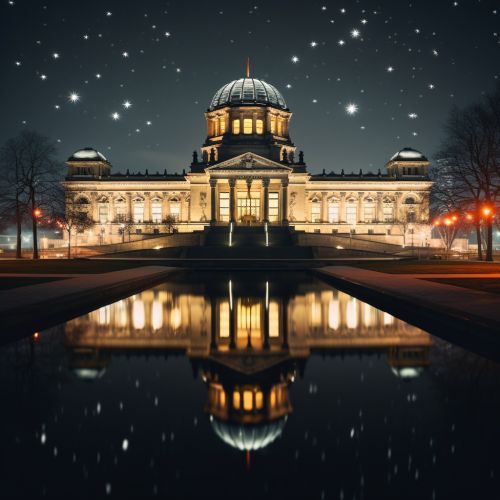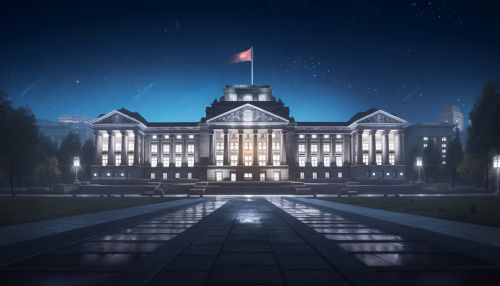Reichstag
History
The Reichstag has a rich and complex history. Its story begins in the late 19th century, during the period of the German Empire. The building was designed by architect Paul Wallot and was completed in 1894. It served as the meeting place for the Imperial Diet, the first parliament of the German Empire.
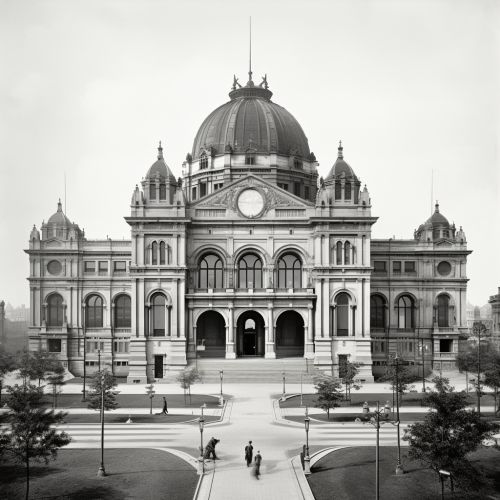

The Reichstag was the site of several significant events in German history. In 1918, at the end of World War I, the German Revolution broke out and the Reichstag became the seat of the Weimar Republic's parliament. However, the building's most infamous moment came in 1933 when it was severely damaged in the Reichstag fire, an event that played a crucial role in the rise of Adolf Hitler and the Nazi Party.
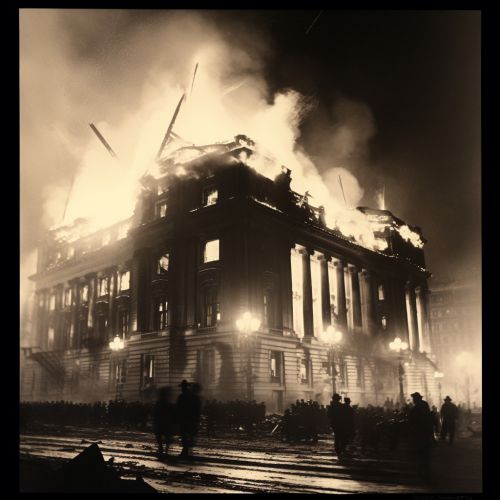
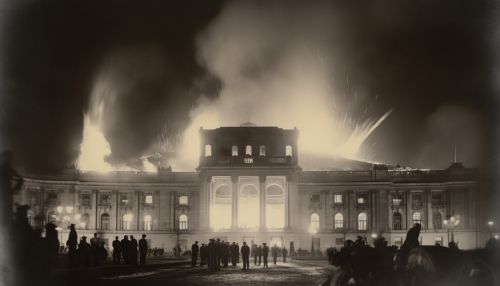
During the Nazi era, the Reichstag building was largely unused. After World War II, the building, like much of Berlin, lay in ruins. It was partially refurbished in the 1960s, but it wasn't until after the fall of the Berlin Wall in 1989 and the German reunification in 1990 that the Reichstag was fully restored and once again became a symbol of German democracy.
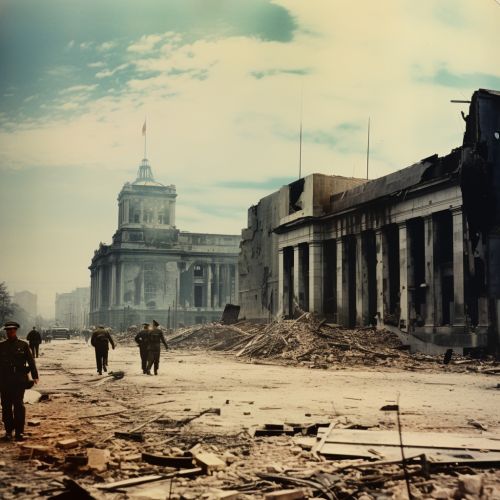
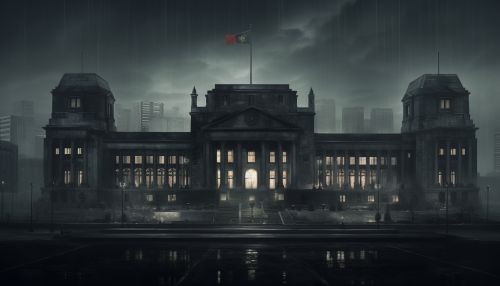
Architecture
The Reichstag is a prime example of 19th-century architecture. Its design reflects the architectural styles prevalent during the German Empire, particularly the Neo-Renaissance style. The building is most notable for its large glass dome, which was added during the restoration work in the 1990s. The dome, designed by architect Norman Foster, offers panoramic views of Berlin and serves as a symbol of transparency and democracy.
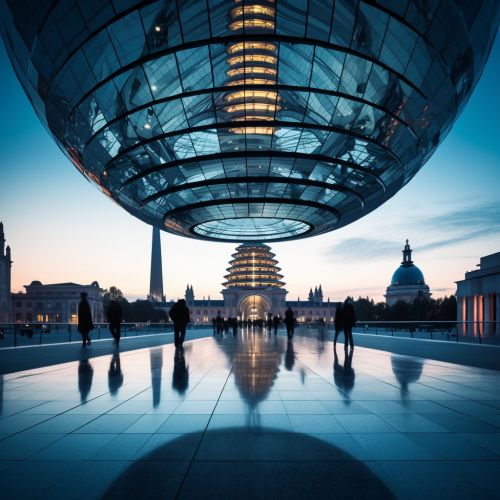

Role in Modern Germany
Today, the Reichstag is the meeting place of the Bundestag, the lower house of Germany's federal parliament. It plays a central role in the country's political life. The building is also a major tourist attraction, drawing millions of visitors each year who come to admire its architecture, learn about its history, and enjoy the views from its glass dome.
